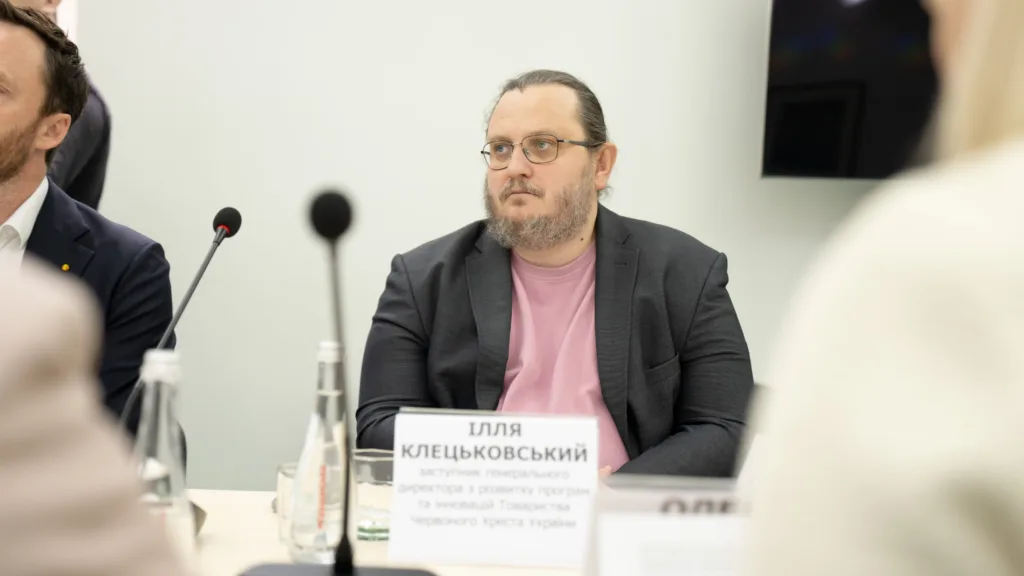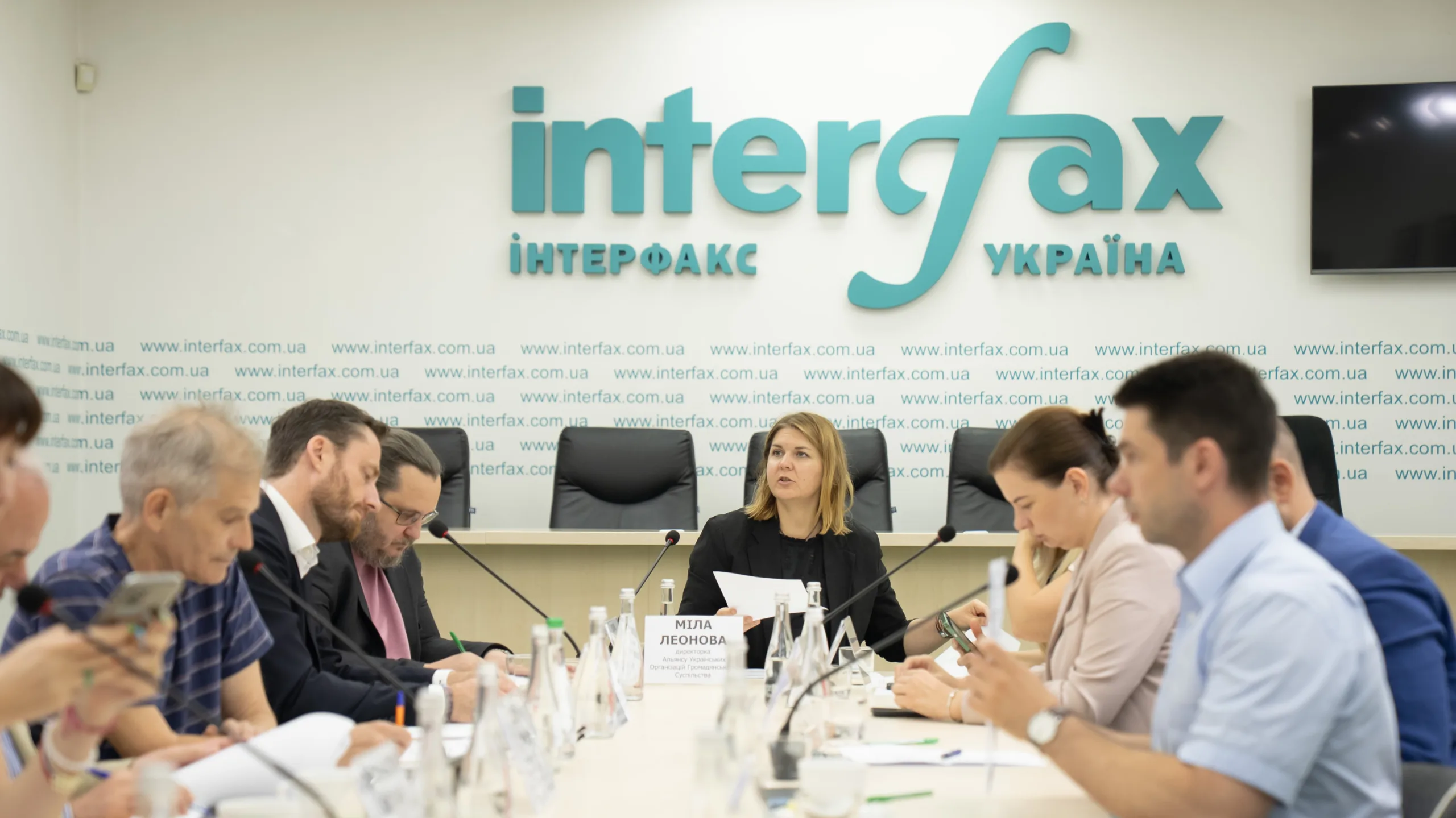Representatives of leading humanitarian organisations gathered at the Interfax-Ukraine news agency to discuss the main challenges faced by workers in wartime conditions. The statistics are grim: in the first six months of 2025 alone, there were 98 incidents involving humanitarian workers, six of whom were killed and 29 wounded. By comparison, there were 150 such incidents in the whole of 2024. The most tragedies were recorded in the Kherson region, followed by Donetsk and Kharkiv.
Read also: Russia’s kidnapping of generations destroys Ukraine’s future
‘A strong nation that disregards security’
Oleksandra Buglak, deputy director of the Platform of Humanitarian Organisations in Ukraine, recalled that Ukrainians have proven themselves to be a resilient nation during the years of war.

“The problem is that this strong nation tends to neglect its own security. Last summer, when there were prolonged power outages, it was very difficult to provide assistance. We asked how many people did not receive assistance due to the lack of electricity or communication, and the answer was zero. But this was achieved through the titanic efforts of employees and volunteers, who often did not sleep or rest,” she said.
Dead volunteers and destroyed offices
Ilya Kletskovsky, deputy director of the Ukrainian Red Cross, confirmed the alarming data: “We have six volunteers killed, as well as numerous wounded and more than 30 completely or partially destroyed offices and warehouses. When humanitarian workers or premises of humanitarian importance suffer as a result of military action, this is a violation of international humanitarian law. We must create a system where violations of this law can be recorded, as well as a system of psychological support for people who work in combat zones for long periods of time.”

New challenges for evacuations
Oksana Kuyantseva from Skhid-SOS emphasised the difficulties of evacuation missions: “We have been providing humanitarian support since 2014, and in 2022 we began evacuating civilians. Since then, we have evacuated more than 90,000 people, 13,000 of whom are representatives of low-mobility groups. Today, the biggest challenge is the threat of FPV drone attacks. To counter such attacks, armoured transport and electronic warfare systems are needed. But humanitarian organisations cannot purchase such equipment because it is considered a dual-use item.”

She stressed that modern realities require a rethinking of international humanitarian law norms. “This is a new type of war and a new type of weaponry. We must find a way to protect humanitarian teams,” said Kuyantseva. She also stressed the importance of mandatory training in mine safety, tactical medicine and extreme driving.
Psychological support is becoming the norm
Iryna Maksymenko, head of psychosocial assistance at Caritas Ukraine, drew attention to the condition of the workers themselves: “The Caritas Ukraine network has almost 2,000 employees, half of whom work in frontline areas or where fighting is taking place. We thought about how to avoid cognitive exhaustion and post-traumatic stress. First and foremost, it is important to provide psychological education so that every employee knows not only how to provide first psychological aid, but also how to receive it themselves.”
The discussion showed that humanitarian organisations work in extremely difficult conditions, often risking their lives and health. The need to create protection systems, proper mechanisms for recording violations and supporting employees is one of the key issues today.
Read also: “Local self-government is the frontline” – how ATC are rebuilding Ukraine



